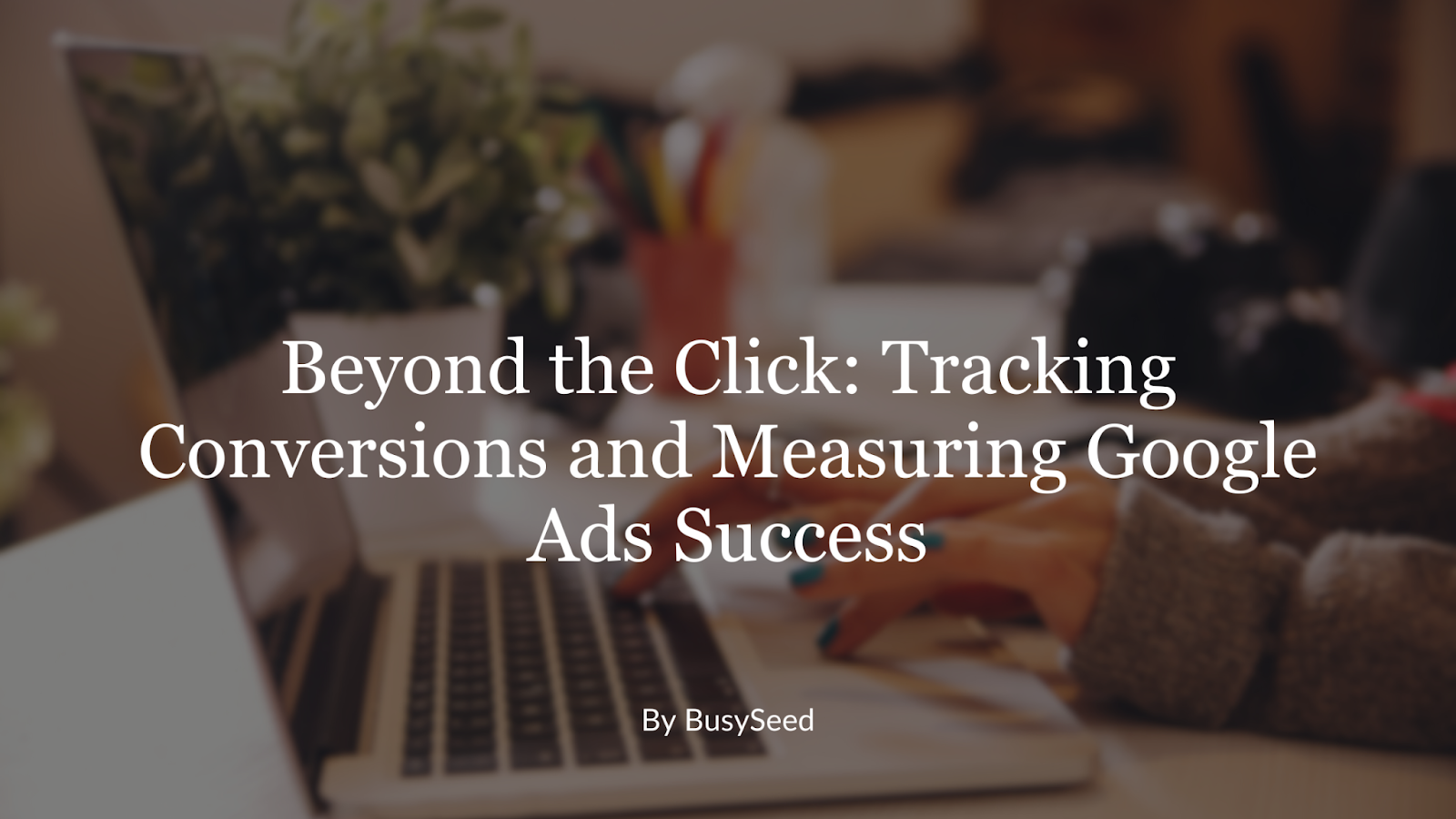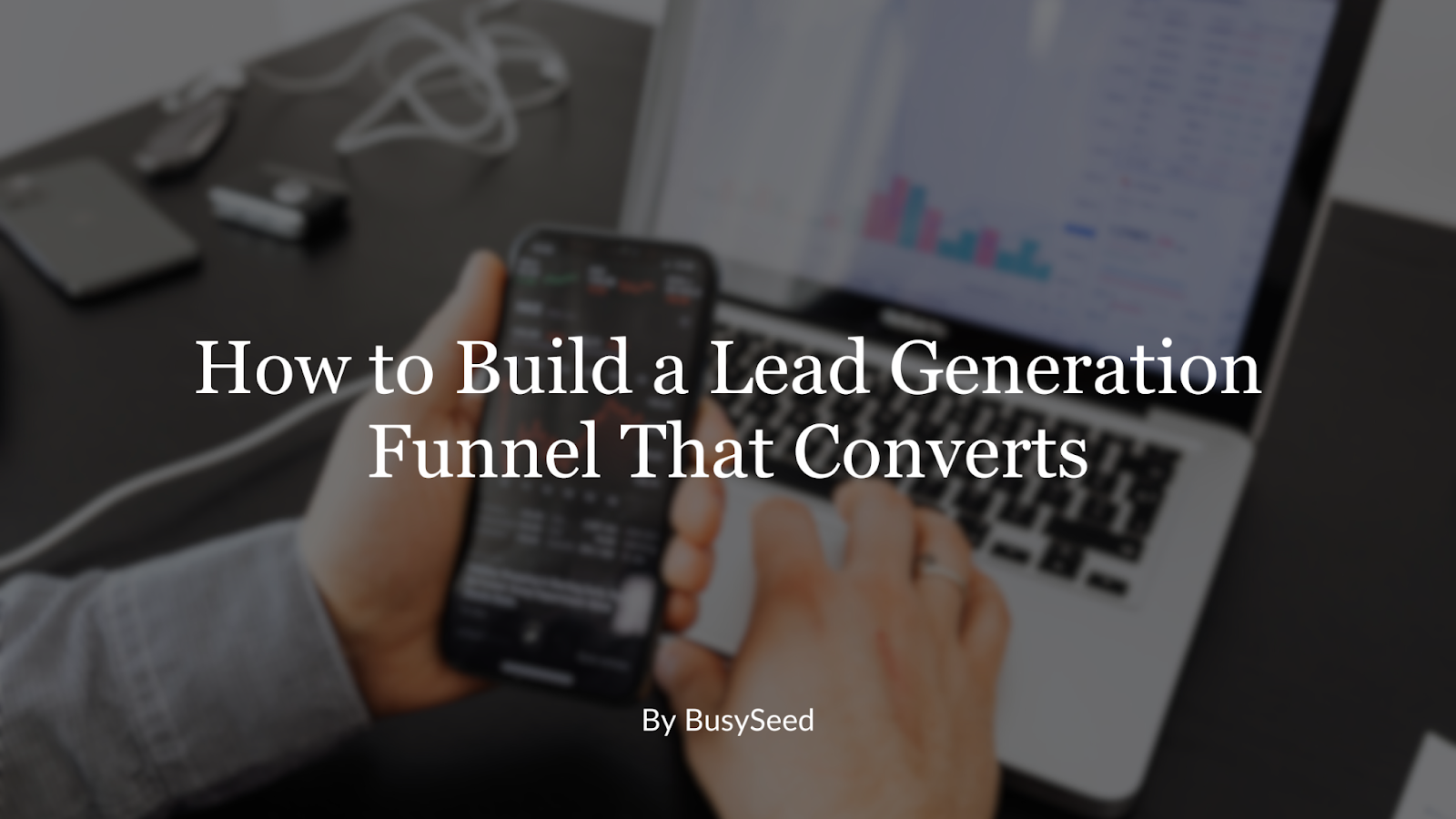Too long, didn't read?
Not to worry! We can sit down together and explain our findings and the contents of this blog in detail. This discussion will include insights from " ". Schedule some time on the right with our CEO.
Beyond the Click: Tracking Conversions and Measuring Google Ads Success
Clicks are just the beginning. This post will emphasize the importance of tracking conversions to measure the true success of Google Ads campaigns. Discuss different conversion types, setting up conversion tracking, analyzing data, and using insights to optimize campaigns for better results.

When it comes to Google Ads, getting clicks is just the beginning. While a high click-through rate (CTR) might seem like a victory, true success lies in conversions. After all, what good is traffic if visitors don’t take meaningful actions like making a purchase, signing up for a newsletter, or filling out a lead form?
We understand that every marketing dollar should drive measurable revenue. That’s why Google Ads conversion tracking is essential for businesses looking to make data-driven decisions and improve the efficiency of their advertising efforts. In this post, we'll discuss:
- The importance of tracking conversions
- Different types of Google Ads conversions
- How to measure Google Ads performance effectively
- Essential Google Ads reporting tools
- Strategies to improve Google Ads conversion rate
Let’s dive in!
Why Conversion Tracking Matters
Clicks alone do not generate revenue—conversions do. Without tracking conversions, you are flying blind, making decisions based on vanity metrics rather than business impact.
Google Ads conversion tracking helps you:
- Measure ROI (Return on Investment): Understand how much revenue is generated for every dollar spent.
- Optimize Campaigns Efficiently: Identify which ads, keywords, and targeting options drive actual results.
- Allocate Budget Wisely: Focus on high-performing campaigns that contribute to business growth.
- Refine Audience Targeting: Learn which demographics, locations, and devices lead to the most conversions.
A correctly implemented conversion tracking strategy allows you to move beyond clicks and measure what truly matters—revenue-driving actions.
Types of Google Ads Conversions
Before setting up tracking, defining the conversions that align with your business goals is crucial. Here are some of the most common types of conversions businesses track in Google Ads:
1. Website Actions
- Purchases
- Form submissions
- Call button clicks
- Newsletter sign-ups
2. Phone Calls
- Calls from ads
- Calls from a website after clicking on an ad
3. App Installs & In-App Actions
- Downloads from Google Play or App Store
- Key in-app events such as sign-ups, add-to-cart, or purchases
4. Offline Conversions
- In-store visits
- Sales inquiries converted into deals
- Calls received through offline tracking
By identifying and tracking the right conversion actions, businesses can improve Google Ads conversion rate and enhance their marketing efforts.

Setting Up Google Ads Conversion Tracking
Now that you understand the importance of conversion tracking let’s go over how to implement it.
Step 1: Define Your Conversion Goals
What actions matter most to your business? Identify key performance indicators (KPIs) that align with your marketing objectives.
Step 2: Set Up Conversion Tracking in Google Ads
Google Ads allows you to track conversions through:
- Google Tag Manager – Manage tracking codes without modifying your site’s source code.
- Google Analytics – Link your Google Ads and Analytics accounts to track conversions seamlessly.
- Direct Google Ads Tracking Code: Place the tracking script on specific pages, such as a “Thank You” page, after a purchase.
Step 3: Verify & Test Your Setup
Once tracking is implemented, use Google Tag Assistant or Google Analytics Debugger to ensure data is being captured correctly.
Step 4: Analyze Conversion Data
To evaluate campaign performance, use Google Ads reporting tools, such as the "Conversions" section or Google Analytics.
How to Measure Google Ads Performance
Tracking conversions is only valid when you know how to measure Google Ads performance effectively. Here’s what to focus on:
1. Conversion Rate
Formula:
- Conversion Rate = (Total Conversions / Total Clicks) x 100
This helps determine whether visitors are taking the desired action after clicking your ad. A low conversion rate may indicate issues with landing pages, targeting, or ad copy.
2. Cost Per Acquisition (CPA)
Formula:
- CPA = Total Ad Spend / Number of Conversions
Knowing a CPA helps you understand how much you're spending for each customer and enables budget optimization.
3. Return on Ad Spend (ROAS)
Formula:
- ROAS = (Revenue Generated from Ads / Ad Spend) x 100
ROAS is crucial for determining if your campaigns are profitable. The higher the ROAS, the better.
4. Average Order Value (AOV) and Customer Lifetime Value (CLTV)
Tracking AOV and CLTV alongside conversions ensures long-term revenue growth rather than short-term wins.

Essential Google Ads Reporting Tools
To get the most out of conversion tracking, leverage Google Ads reporting tools such as:
- Google Ads Dashboard: View impressions, clicks, conversion rates, and CPA in real time.
- Google Analytics: Gain insights into user behavior beyond just ad clicks.
- Google Data Studio: Build customized reports integrating multiple data sources.
- Google Tag Manager: Manage tracking tags efficiently without editing the website code repeatedly.
Using these tools helps you uncover trends, identify gaps, and enhance the effectiveness of your campaigns.
Strategies to Improve Google Ads Conversion Rate
1. Optimize Landing Pages
A cluttered or slow-loading landing page can kill conversions. Focus on:
- Fast load times
- Clear CTAs (Calls to Action)
- Mobile-friendliness
2. Implement Smart Bidding Strategies
Google Ads offers automated bid strategies like Target CPA and Maximize Conversions to optimize ad spend.
3. Leverage Audience Targeting
To refine your reach, use remarketing lists, similar audiences, and demographic targeting.
4. A/B Test Creatives Regularly
Run A/B tests on headlines, images, and CTAs to see what drives better results.
5. Utilize Negative Keywords
Filtering out irrelevant traffic ensures your ads are shown to the right audience, improving conversion rates while lowering costs.
Work with the Best: The Top Ad Agencies in NYC
Google Ads optimization can be complex, but you don’t have to do it alone. As one of the top ad agencies in NYC, BusySeed specializes in helping businesses drive meaningful revenue growth through precise ad strategies.
Our team of Growth Architects combines marketing expertise with data-driven strategies to improve Google Ads conversion rate and ensure every advertising dollar is well spent.
Ready to Go Beyond Clicks?
Clicks are just the start—revenue growth is the ultimate goal. Whether you're looking to enhance conversion tracking, optimize ad performance, or implement more innovative bidding strategies, BusySeed has you covered.
Contact BusySeed today to discuss how we can tailor a Google Ads strategy that drives actual results. Let’s move beyond clicks and start tracking what truly matters—conversions!











